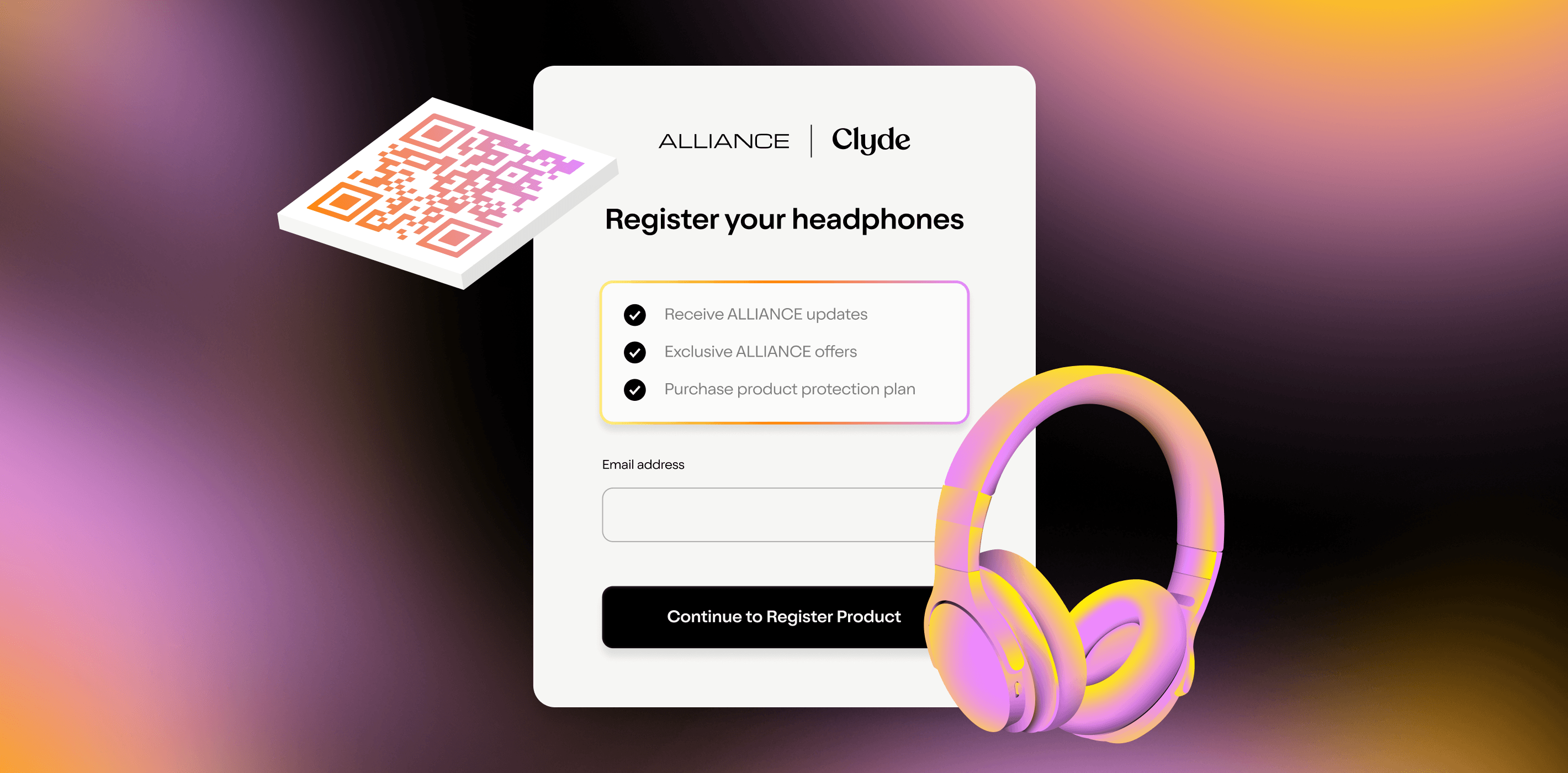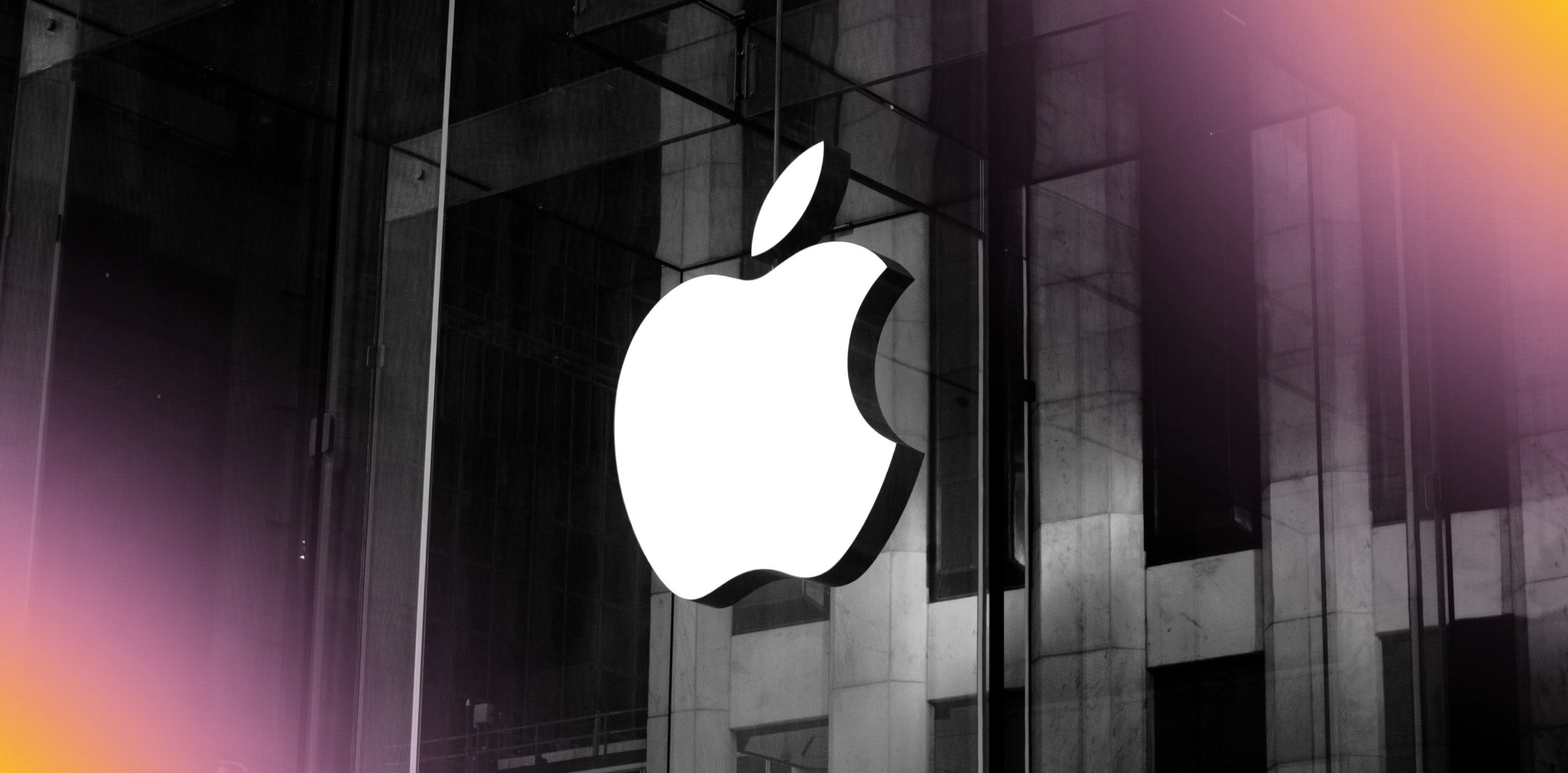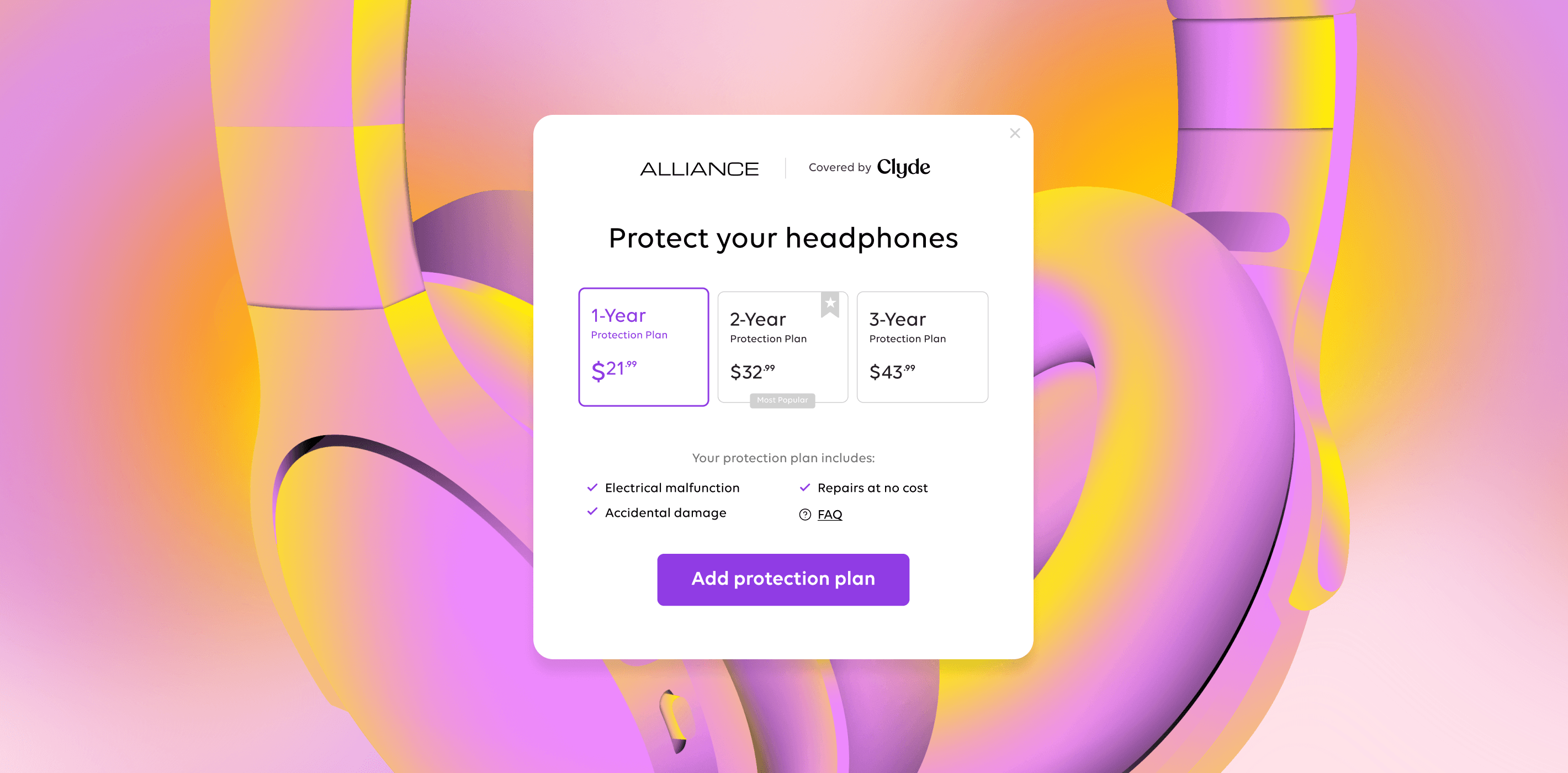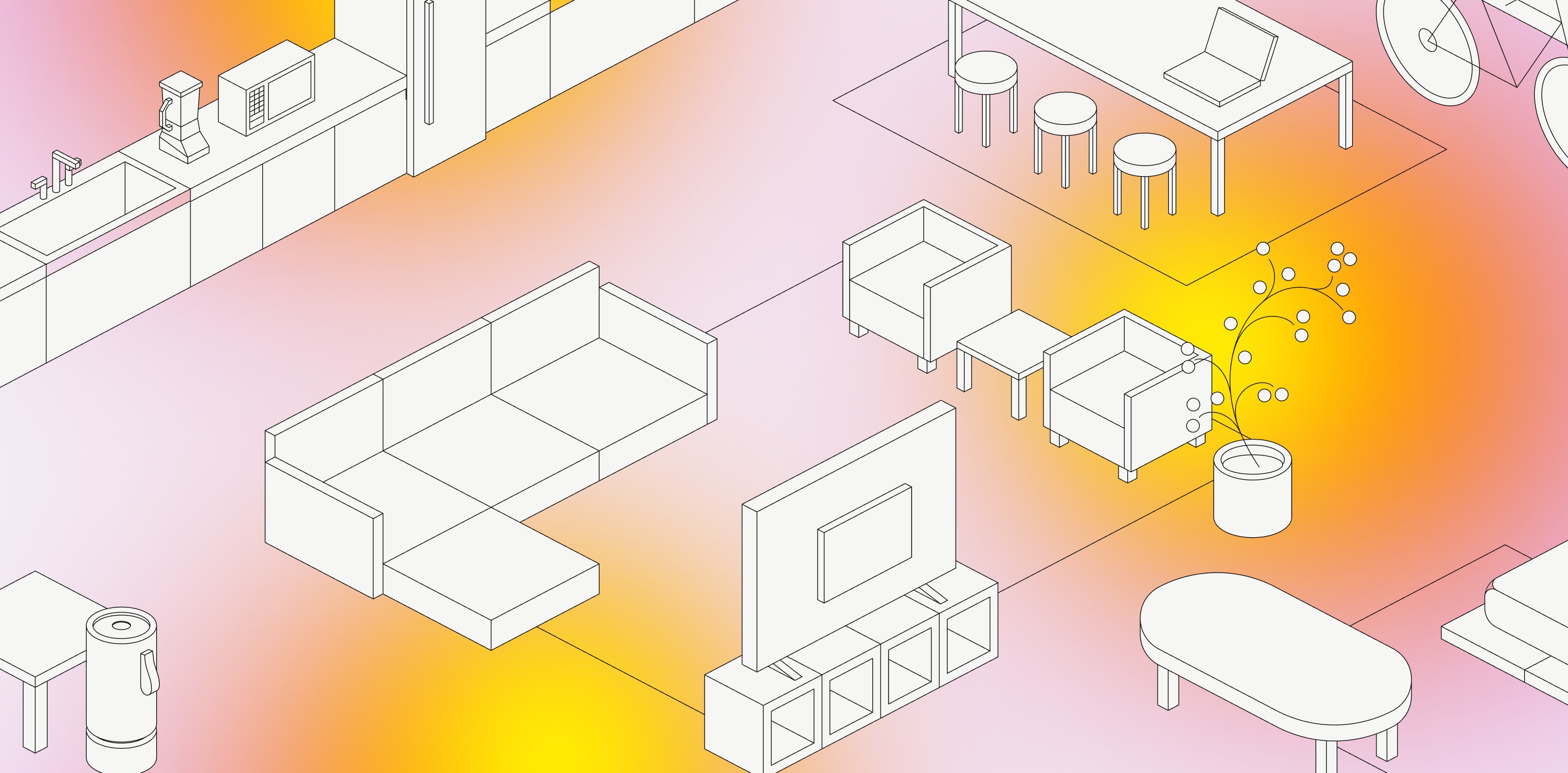The COVID 19 coronavirus pandemic has impacted every aspect of regular life, from work to school to community gatherings. It’s also changed the way that people shop.
eCommerce saw a huge spike in the first half of the year as people stayed away from in-person shopping and transitioned to buying online. DigitalCommerce360 reported that $1 of every $5 spent in the U.S. from April to June was spent online, with 2020’s Q2 eCommerce penetration hitting 20.8% from a high of 14.7% a year prior and a total of $200.7 billion spent.
That spending is significant. IBM calculated that the pandemic has accelerated the shift from physical to digital shopping by about five years, per TechCrunch . Brick-and-mortar stores like Neiman Marcus and J.C. Penney couldn’t keep up; both filed for bankruptcy this May .
But will eCommerce growth be here to stay? Here, we look at several coronavirus ecommerce trends that might outlast the pandemic—as well as a few that probably won’t.
Here for the long haul: groceries, home office equipment and supplies, and hardware and home improvement products
It probably doesn’t surprise you to read that people are spending more money on buying food, work supplies, and home goods online, considering that we’re all working from home (or living at work, depending on what side of the bed you woke up on this morning).
What might surprise you is that analysts are expecting those three categories to continue to perform well after life has returned to something closer to normal.
The U.S. Chamber of Commerce reports that online grocery ordering will likely hold on to its popularity even once traditional, in-person grocery shopping isn’t such a risk. In March, right as the pandemic was hitting the States, 52% of consumers reported having bought groceries online, which was more than double the number of shoppers who’d done the same two years prior.
Keith Anderson, senior vice president of strategy and insights at an eCommerce performance analytics company, told the Chamber of Commerce , “If you go to the trouble of loading your 20 or 30 items on any online grocery site, the likelihood that in a couple of weeks you’ll come back and order most of those things again is pretty high. So, when you look at the shift in consumption for that household, it really moves a lot of volume from brick and mortar to ordering online.”
When it comes to office equipment and supplies, demand spiked initially in April, when over 40% of U.S. workers reported working from home and shared that they’d purchased office supplies like pens and paper (65% of at-home workers), new electronics like desktop monitors (29%), and office furniture (26%). And that was when shelter-in-place orders were expected to last just a few weeks or maybe months. With many people working from home for going on six months now and companies choosing to shift to permanent remote work—a survey of finance leaders found that 74% of organizations plan to have at least some employees work from home permanently—demands on home office equipment should hold steady for a while.
Demand for PCs, desks, office chairs, and more might not stay at pandemic peaks, but will probably continue to average higher sales than in the past, at least on an individual consumer basis. (Massive orders of cubicle walls and board room furniture aren’t likely to come back anytime soon, though.)
Despite headlines you may have seen on social media, no, people aren’t fleeing major cities en masse during the pandemic . Instead, housing markets were stalled during the first few months of the pandemic, so when they opened back up in June, activity resumed and it only looked like there was a wave of new buyers. In any event, whether people are buying new homes or just stuck in their old ones, home improvement goods saw a major spike during the pandemic, with companies like Lowe’s reporting double-digit sales gains. Lowe’s CEO Marvin Ellison attributed most of that growth to eCommerce sales, citing that they increased 80% in the first quarter of the year.
Analysts expect this focus on home improvement may last, with a Bank of America report noting that 70% of people have decided to tackle home improvement projects during the pandemic with more planned for 2021. “Although we expect some near-term deceleration as parts of the population go back to their places of business and spend less time at home, COVID-19 could provide a longer-term benefit for home improvement stocks if it ultimately does cause an increase in housing turnover as our survey may suggest,” read the report.
Short-term coronavirus eCommerce trends: disinfectants and medicine, entertainment, and personal care and grooming
The first wave of pandemic shopping made sense. A report on the fastest-growing eCommerce categories in March of 2020 highlighted some products that might’ve found their way into your virtual shopping cart: disposable gloves, cough medicine, vitamins, and more saw major demand spikes as consumers tried to get ahead of the coming risk and stock up to fight it.
[Source,: https://www.visualcapitalist.com/shoppers-buying-online-ecommerce-covid-19/ ]
But pandemic purchases like masks and disinfectant are unlikely to last.
For example, while a McKinsey study says that up to 70% of consumers will continue wearing face masks for the rest of the year, the majority of Americans (72%) are wearing reusable cloth masks, so spikes like the one Etsy saw last quarter, when they sold $346 million of masks alone to over 4 million people , aren’t likely to be repeated. (Even Etsy’s CEO called those sales “pretty volatile” and “hard to predict.”) After the initial surge of disinfectant purchases in March, analysts expect the demand for products like disinfecting wipes to fall gradually through 2021.
After consumers got their basics covered, they had to find a way to stay busy indoors, and entertainment products like books and streaming services saw major spikes in sales. A CNBC report found that online book sales were up 295% year-over-year in mid-April, beating out even cleaning supplies as the top eCommerce category for growth.
But industry analysts aren’t anticipating that spikes in entertainment eCommerce spending will last past the pandemic. For example, Netflix announced that they gained 10 million subscribers in April, May, and June as people were stuck at home, but also flagged that they’re unlikely to maintain that growth in the second half of this year and may even lose some of it due to the reduction in original content they’ll be facing next year, thanks to slowed or shut-down production.
Jim Nail, a principal analyst at Forrester, told Ad Exchanger that he doesn’t expect increased spending on online entertainment to continue post-pandemic and instead expects to see some of that spending to go towards things like movies: “I’m sure Netflix is seeing a huge spike and will continue to for weeks or months. But I suspect there’s going to be a pent up desire to get the hell out of the house.”
That same logic may apply to current spikes in personal care and grooming spending. With salons closed in many states and operating with reduced capacity and demand in others, sales of hair clippers and trimmers were up by 312% around the world in March and April and hit 241% growth in the States alone. But even though consumers have taken their hair care into their own hands for now, that change in behavior isn’t likely to be permanent. McKinsey’s newest findings suggest that people are planning to return to in-person grooming once it’s safe, meaning that those spikes will probably be temporary.
Looking towards the future
Unfortunately, with an uncoordinated federal response and a failure to listen to the scientists, we’re still a long way off from being through with the coronavirus pandemic in the States. We can look to other countries to see what might await us, though. In China, for instance, where the coronavirus pandemic slowed down in the first quarter, physical consumer goods sold online climbed 6% compared to last year by the end of Q2 , suggesting that the overall shift towards eCommerce has some staying power, even as individual categories see an evening-out of demand over time.
SIGN UP FOR OUR NEWSLETTER





























